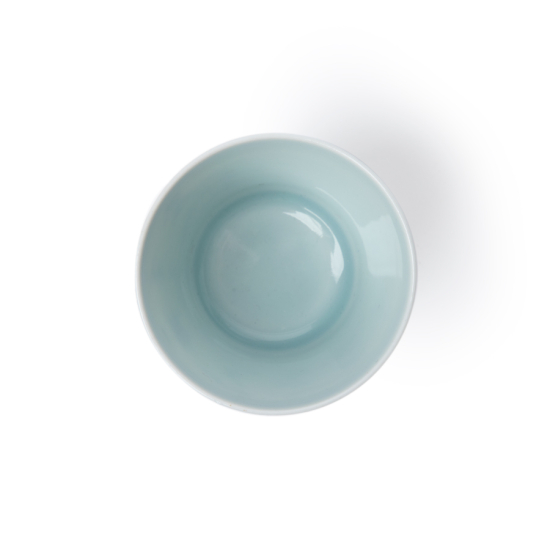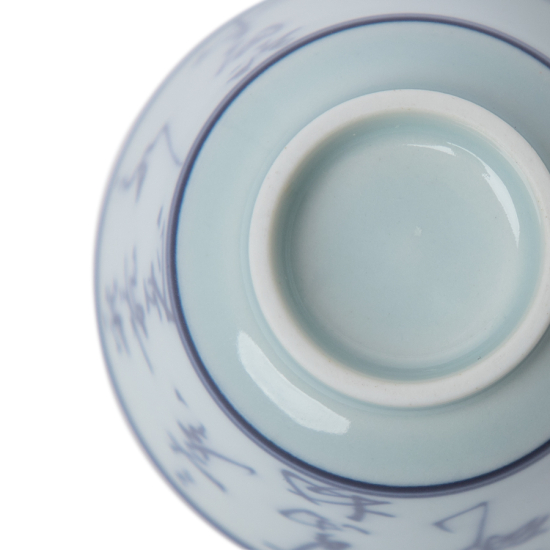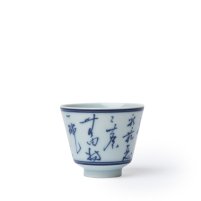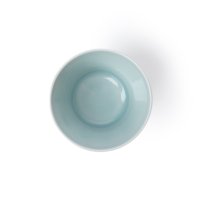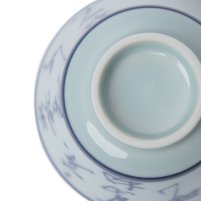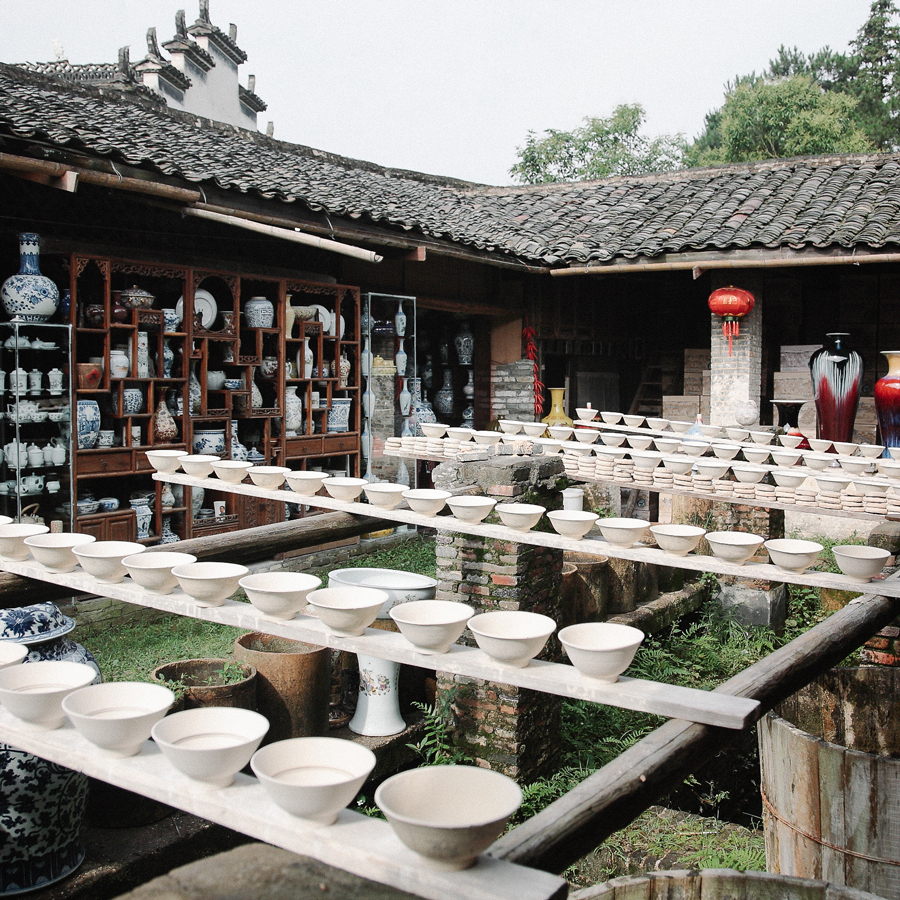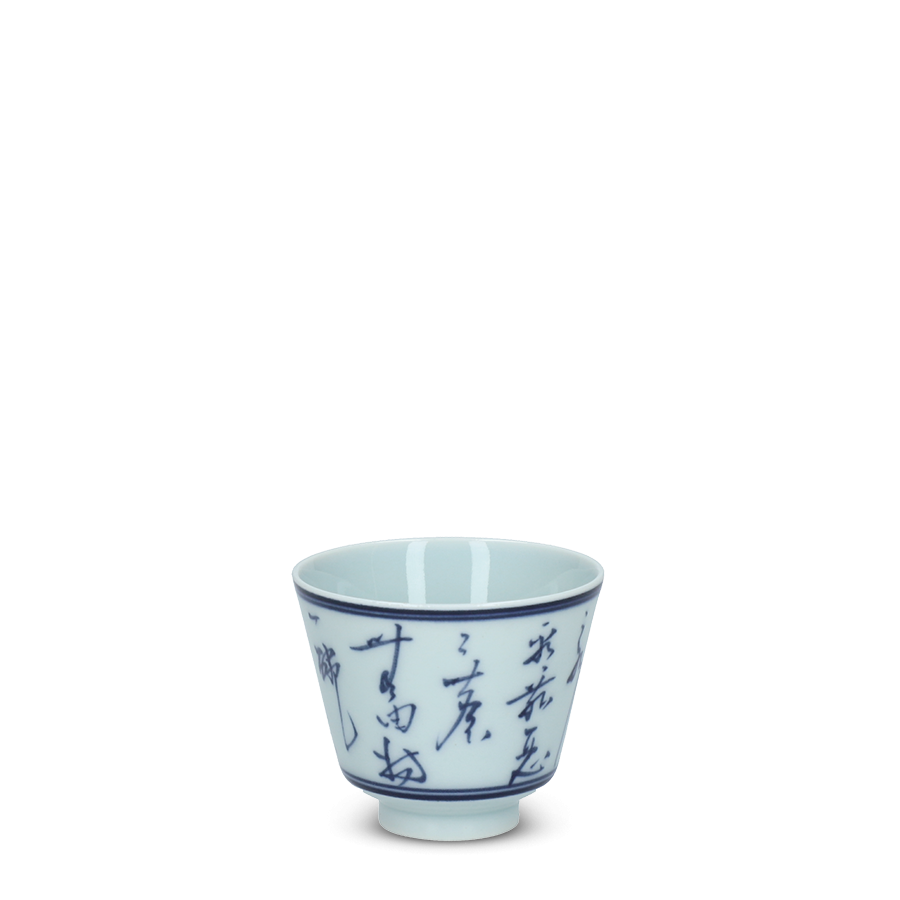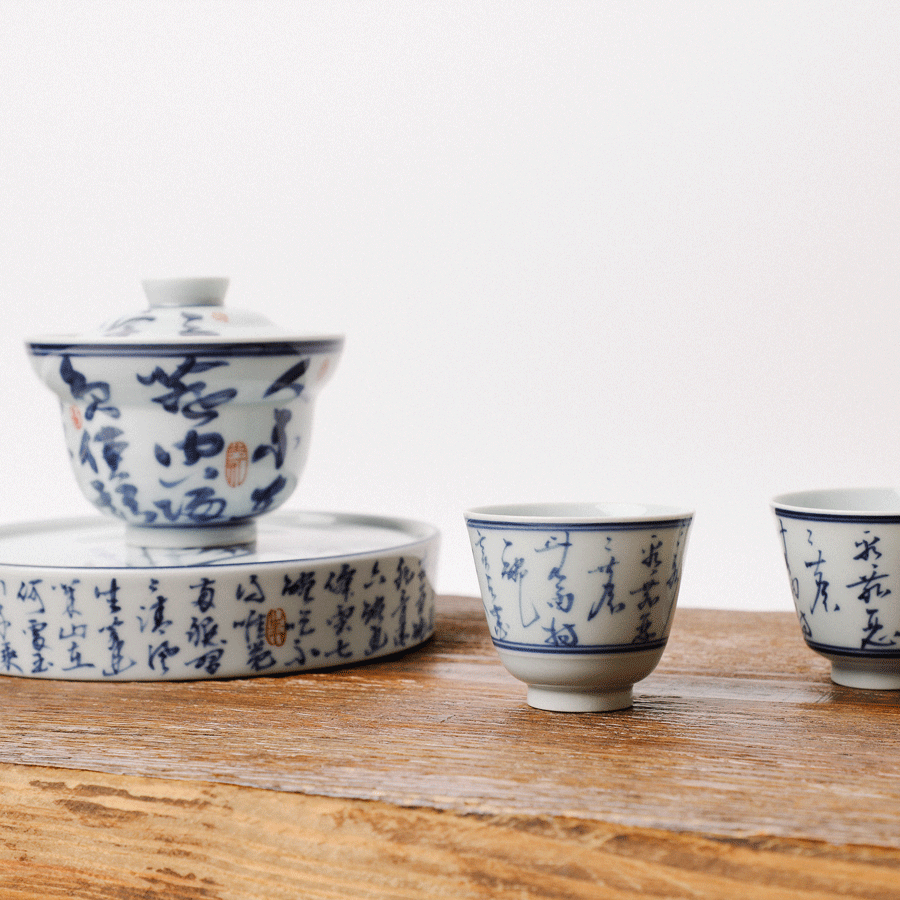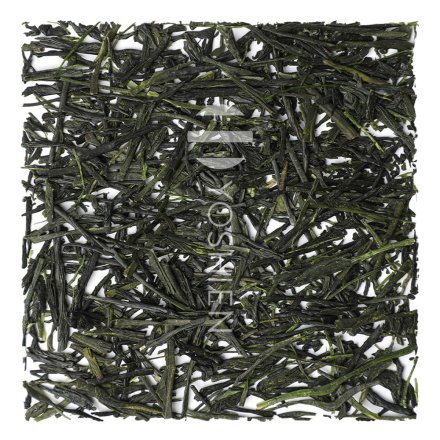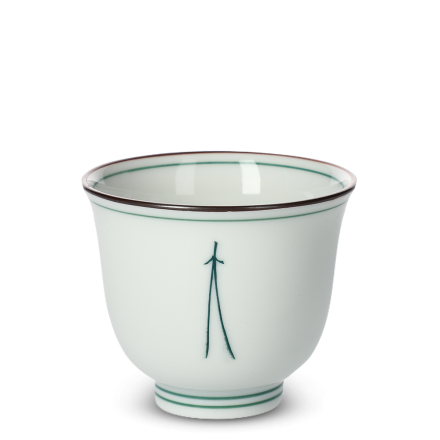Porcelain is very easy to care for and can simply be hand washed with warm water and liquid detergent after use. Unlike unglazed ceramics, such as Yixing clay, glazed porcelain does not absorb odours or flavours and so can be used with different teas each time.
Teacup Blue White
Jingdezhen
SKU
6029
Appreciate all the subtle flavours of fine Chinese teas with this charming cup in the classic blue and white Qinghua style. Made in Jingdezhen, the "porcelain capital" of China, the cup is crafted using age-old techniques and adorned with handpainted poetry by renowned poet and tea lover Bai Juyi in a flowing calligraphic script.
| Product | Teacup |
| Origin | Jingdezhen, Jiangxi, China |
| Dimensions | Ø5.8cm x 4.4cm |
| Volume | 30ml |
| Weight | 35g |
| Material | Porcelain |
| Decoration | 坐酌泠泠水,看煎瑟瑟塵。 無由持一碗,寄與愛茶人。 Scoop cool water, |
In stock




